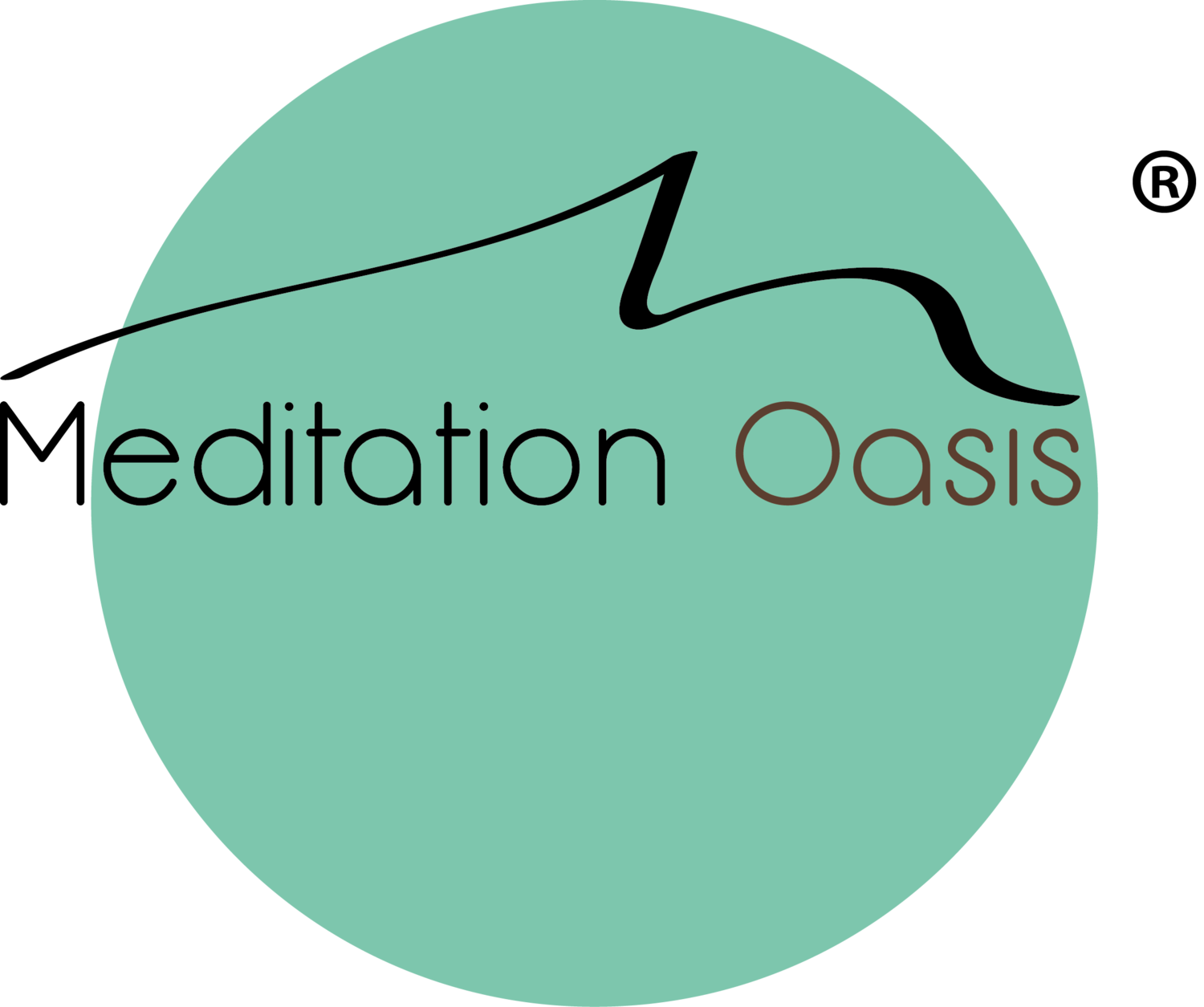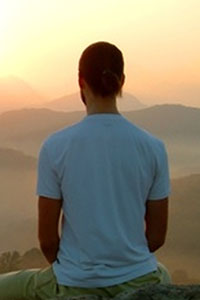 Today Mike MudIsland Mike let me know that he'd blogged about our podcast. The post was so much fun to read that I thought I'd link to it for you to read (read the post). He writes colorfully and with a great sense of humor about listening to the podcasts on his daily London commute.
Everyday I hear from people about their experiences with the podcast. It's so fulfilling to be connected through meditation with so many people all over the world. I love hearing about the many ways and places people enjoy the meditations. Chances are most people are simply sitting or lying down with eyes closed while listening, but I've heard from people listening while exercising, walking, traveling, watching a pond and more ways than I can remember.
Today Mike MudIsland Mike let me know that he'd blogged about our podcast. The post was so much fun to read that I thought I'd link to it for you to read (read the post). He writes colorfully and with a great sense of humor about listening to the podcasts on his daily London commute.
Everyday I hear from people about their experiences with the podcast. It's so fulfilling to be connected through meditation with so many people all over the world. I love hearing about the many ways and places people enjoy the meditations. Chances are most people are simply sitting or lying down with eyes closed while listening, but I've heard from people listening while exercising, walking, traveling, watching a pond and more ways than I can remember.
I can't tell you how fulfilling it is for Richard and I to hear from all of you. Sometimes your stories are so heart-warming. Often what you share is so full of wisdom and the enthusiasm of your own inner discoveries. What an adventure this podcast has been! Thank you everyone who is taking this journey with me. And thanks to the techies who have created this incredible thing called the internet and all the software that allows us to meet in this way across the world.


